History pokes up through the soil of Central Park in so many places. There's geologic history, of course, in the backs and shoulders of schist around which Frederick Law Olmstead crafted the landscape we know today. But equally interesting are the relics of human history. Recently we scouted out three such spots.
A historical sign marks the location of Seneca Village, an uptown settlement where several hundred free blacks and immigrants lived from the 1820s until it was demolished in 1857 to make way for the park. A few remains are visible in the area of the West 80s, including this foundation of a house.
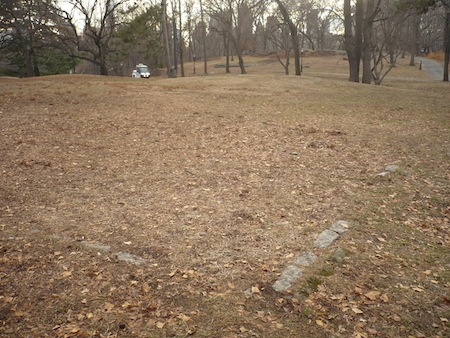
Next up, chronologically, is a survey bolt believed to be one of the original bolts hammered into the ground to mark the sites of future street intersections per the 1811 grid. The streets were never laid out in the area that became Central Park, of course, but the surveyors had no way of knowing there'd be a huge park here. The bolt is in an "undisclosed" location (urban explorers don't want it disturbed) but it's not hard to find if you do a little internet digging. It's near the lower left corner of this photo:
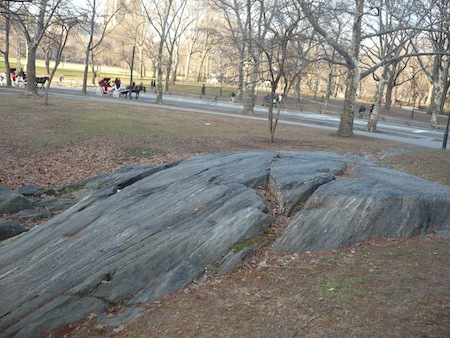
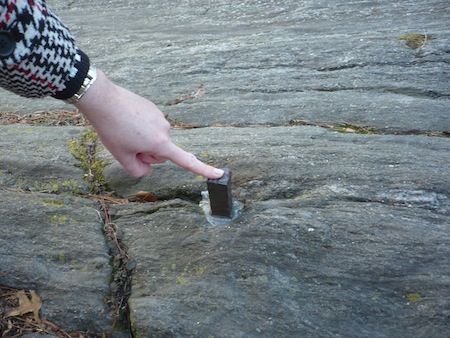
Finally, in the Ramble you'll find the Ramble Cave, also known as Indian Cave because the chamber
Today you can see the location and the staircase leading down to the cave from above, but you can't get in. I wonder: Is it really fully "sealed"? Who or what is living down there, in there, now?

I can't resist ending with these shots of The Lake in winter. Honestly, my best Central Park experiences have almost all been in winter. The beauty of this grandly sculptured land becomes starker and more striking when the water is frozen and the trees bare.

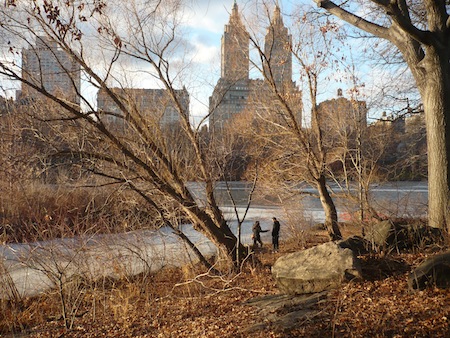
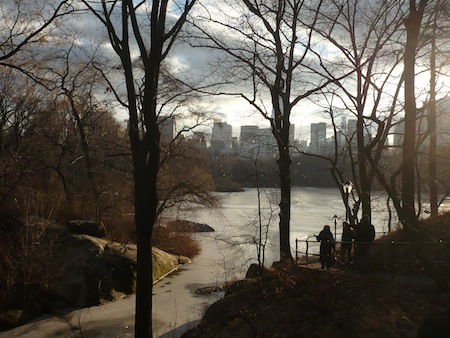
No comments:
Post a Comment